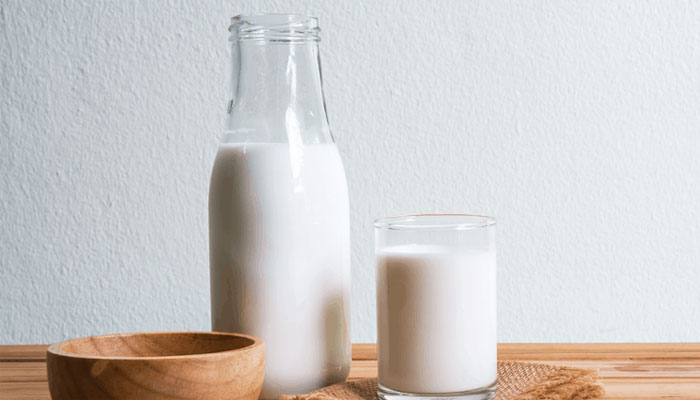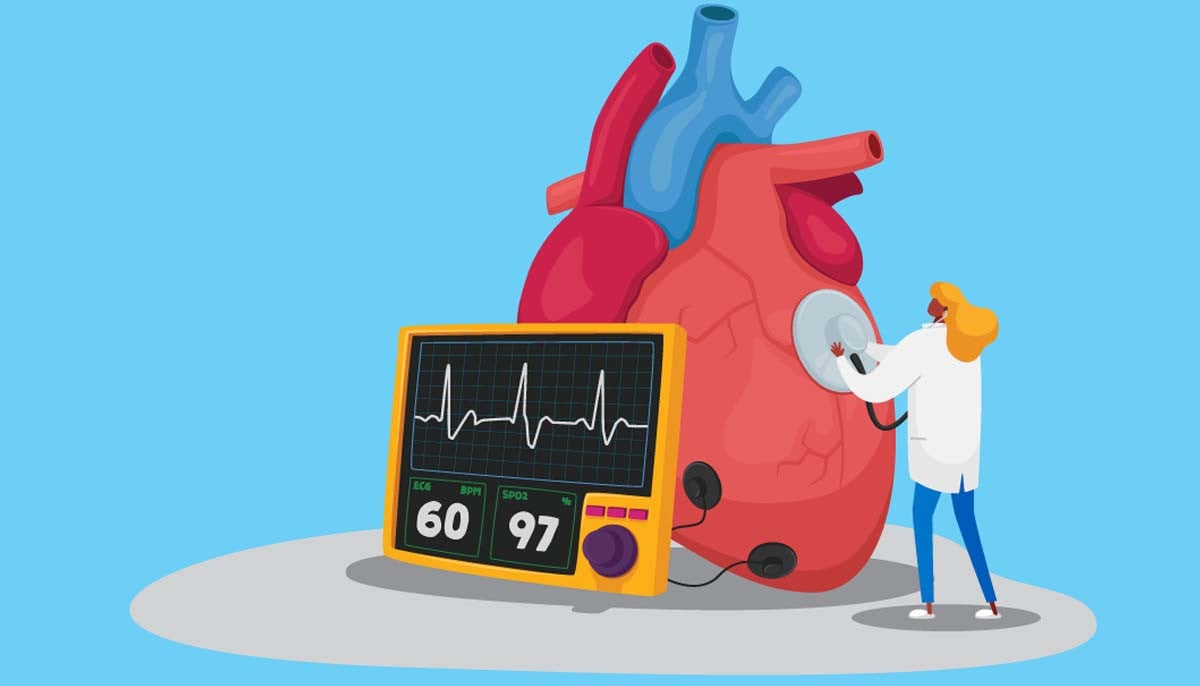Full-fat vs low-fat: Which milk is better?
Full-fat milk or whole milk contains 3.25% fat, whereas low-fat milk contains between 1-2% fat
Most of us often get confused between the various types of milk when buying as deciding between full-fat and low-fat milk is a hard decision.
Over the last three decades, the fat-free trend increased tremendously, with people opting for low-fat milk because it has become the new thing, Yahoo News reported.
However, in recent times, youngsters are once again moving towards full-fat milk, thanks to a TikTok video going viral.
So let’s end the debate once and for all.
Full-fat milk vs low-fat milk
Full-fat milk also known as whole milk or cow milk, contains a fat content of at least 3.25%. No fat is removed from the milk during processing. It is rich in omega-3 fatty acids, as well as other vitamins, Aarp.org reported.
Whereas low-fat milk also known as skimmed milk or fat-free milk contains between 1-2% fat.
A 2021 study looked at 72 patients with metabolic syndrome and found that full-fat dairy diets did not affect blood pressure or cholesterol when compared to low-fat dairy diets. It was published in the American Journal of Clinical Nutrition.
Another research published in the Journal Circulation in 2016 followed over 3,300 persons over 15 years and found that people with the highest blood levels of certain fatty acids — found in full-fat dairy — had a 44% reduced risk of type 2 diabetes.
A major concern among adults is that high saturated fat levels may not be good for older adults but a 2018 study published in the American Journal of Clinical Nutrition found that Individuals who consumed more whole-fat dairy products and had greater fatty acid levels also had a decreased risk of heart disease and mortality from all causes.
Dr Dariush Mozaffarian, a cardiologist and dean of the Tufts Friedman School of Nutrition Science and Policy, said, "I think what all these studies together say is that we need to stop making blanket recommendations such as ‘avoid full-fat dairy'."
Lactose intolerance
Lactose intolerance is a fairly common condition in which lactose — a naturally occurring sugar present in milk — triggers digestive symptoms such as nausea, diarrhoea, bloating, and gas.
If you are lactose intolerant, Mozaffarian recommends that you stick to dairy products that are naturally lower in lactose, such as hard cheeses and yoghurt. You can also look for lactose-free or lactose-reduced milk products.
-
New drug shows promise in lowering dangerous blood fats
-
New research finds back pain may disrupt men’s sleep quality later in life
-
Do you have depression or is it just Monday blues? Find out where science stands
-
Air pollution may play a role in prostate cancer risk, experts warn
-
Type 2 diabetes hidden trigger in daily food revealed
-
Find out how you can avoid diabetes at your home
-
Pregnant women fighting 'like hell' against paracetamol?
-
‘Stranger Things’ star David Harbour speaks up about ‘psychotherapy’












